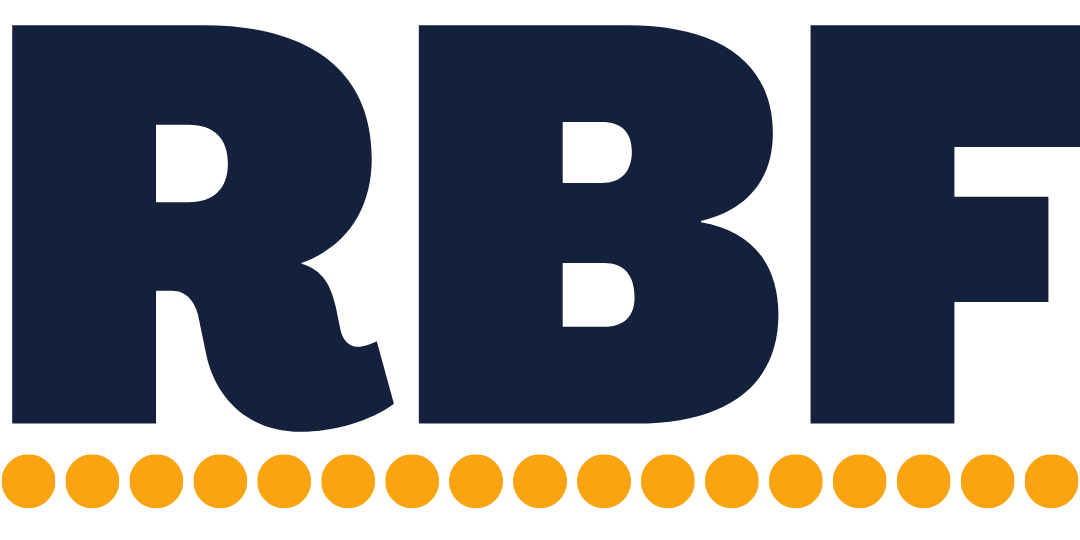Learn from the mistakes I made adding add-ons to my business
Hey, I’m Michael Eckstein 👋, and this is ‘Ordinary & Necessary’, a weekly newsletter about the boring business topics that don’t get enough traction on the web, but will help you manage and grow your business. You signed up on my website. If you’d like to unsubscribe, just click the link at the bottom of this email. No harm, no foul, I’d love to have you back sometime.
Month’s theme: add-on products or services
I love a good ‘pull back the curtain’ and learn from my mistakes email. The lessons are much more evident and I learn so much more about whatever they’re trying to teach. So, here’s everything I did right, everything I did wrong, and everything I should’ve done when I implemented my own add-ons.
(By the way, this email references my past “4 things a good add-on needs” email. If you didn’t read it, you can find it here: https://restingbusinessface.com/4-things-a-good-add-on-needs/)
My add-ons:
The Audit Protection Plan was my first add-on (and the more successful one). Simply put, if a client purchased the add-on and received a letter (or letters) from the IRS or NYS, I would answer the letter at no additional charge. There was no sales page, no additional contract, or any work for my client to do aside for paying for the add-on. Once they paid, they were enrolled.
The Audit Protection Plan did well because 1) it was already included in their invoices (opt-out sales method), 2) it sold itself, and 3) it was easy to deliver. The most important part was that it sold itself by fixing my clients’ deepest fear: getting audited. There’s no sales conversation or value judgment. Just, “are you scared of an audit?” yes or no. Then, there were no additional hoops for clients to jump through. If they wanted it, purchasing it was super simple.
I could’ve done two things differently. 1) I should’ve added additional terms into my main engagement letter relating to the Audit Protection Plan. I should’ve outlined what exactly was included (eg answering letters vs a full-blown office audit) and what my responsibility was if something went wrong (eg what if I didn’t win the audit). 2) I went with the opt-out sales approach. Every invoice included the Audit Protection Plan on the invoice along with multiple warnings that it was an optional add-on. The problem was that if a client didn’t want the add-on, I had to manually edit and resend their invoice. Next time, I’ll use an invoicing software that includes an add-on toggle so clients can toggle-off the add-on themselves.
The Audit Tracking and Detection Plan was honestly a flop. Clients that purchased the add-on would get 1) a 20+ page report of the IRS tax history, 2) advanced warning of audits, and 3) tax return verification (meaning, my software could compare the documents my client gave me to what the IRS had on file). The biggest problem was that it sounded good to me, an accountant, but not to my clients. It didn’t reallyyy solve my clients’ issues.
On top of that were two additional problems. 1) It was difficult to understand and sell. There’s really no easy way to explain why you’d want the Audit Tracking and Detection Plan without a page-long sales letter (which is a huge turn off). Even then, I’d have to field questions from clients on what it meant. 2) It was difficult to deliver. The add-on relied on a software called Tax Help Software which could create reports, detect audits, and compare documents to the IRS file. But, before Tax Help Software could do any of that, I needed to have an authorization on file with the IRS (Form 8821). Everything about Form 8821 is a royal pain. I had to reopen their file to prepare it, send it to my client and hound them for a signature, fax the signed form to the IRS, wait 2-3 weeks for the IRS to give me access, and then I could finally prepare and deliver a history report for my clients. My delivery workflow was super manual and time-consuming and, in an age of 2-day delivery, 2-3 week delivery is insane.
I could’ve done two things differently. 1) I should’ve sold the add-on upfront at the client appointment instead of including it on the invoice with a sales letter. The Audit Tracking and Detection Plan is a really cool add-on (in my opinion, way better than the Audit Protection Plan), but the benefits needed to be explained. 2) I should’ve rethought my delivery process. If I had presold the add-on, I could’ve prepared Form 8821 with the rest of their tax return (instead of wasting time reopening their file later) and included it with all the other authorizations clients need to sign before filing. That would’ve made my delivery process much smoother, the signing process would’ve been less confusing for clients, and I wouldn’t have to hound them for signatures.
Takeaways:
- Add-ons need to solve your clients’ problems. Don’t sell an add-on that you think is cool. Sell an add-on that your client will think is cool.
- Delivery is crucial. Before you implement your add-on, map out your delivery process. How long will it take? Can it be sped up?
Have a great weekend and stay safe!
Michael Eckstein
